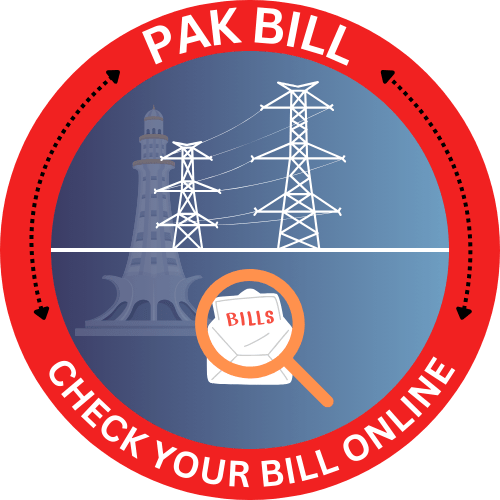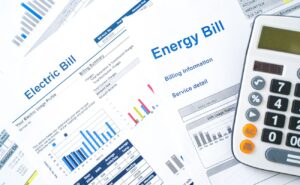Electricity pricing, also known as electricity tariffs, varies significantly based on a country’s location and several other factors. The cost of electricity depends on fuel prices, power plant maintenance, distribution systems, regulations, and seasonal demand. Understanding these factors can help consumers manage their energy costs effectively.
In this article, we’ll explore the key factors that influence electricity prices and how they affect your monthly bill.
Table of Contents
1. Cost of Fuels
The primary factor affecting electricity prices is the cost of fuel. Electricity generation depends on fuels such as:
- Natural gas
- Oil
- Coal
- Nuclear energy
When fuel prices fluctuate, the cost of electricity also changes. Countries relying on expensive fuel sources tend to have higher electricity rates, while those with abundant natural resources may have cheaper electricity.
2. Power Plant Costs
Maintaining and operating power plants significantly impacts electricity pricing. There are three main cost factors:
- Maintenance Costs: Upgrading transmission lines and infrastructure increases electricity prices.
- Losses: Energy loss during transmission affects pricing.
- Congestion: Overloaded power grids require additional investment, increasing costs.
3. Transmission and Distribution System Costs
Electricity is delivered through high-voltage transmission lines and towers, which require regular maintenance. Repairs, expansion, and infrastructure upgrades increase electricity prices, especially in areas with an aging power grid.
4. Impact of Weather on Electricity Prices
Weather plays a crucial role in electricity demand and pricing.
- Summer: High electricity usage due to air conditioners and cooling systems leads to increased demand and higher costs.
- Winter: Demand decreases, leading to lower electricity rates.
- Wind and Solar: Renewable energy sources like wind turbines and solar panels can help stabilize or reduce electricity costs.
5. Government Regulations and Policies
Electricity prices are also affected by government regulations. In some countries or states:
- Prices are fully regulated by the government.
- Some areas have a mix of regulated and unregulated electricity pricing.
- Utility commissions control costs in some regions, while other areas have competitive energy markets.
Understanding the energy policies in your area can help you choose the best electricity provider and potentially lower your bills.
6. Seasonal Variations in Electricity Pricing
Electricity prices change with the seasons.
- Summer: High electricity demand for cooling systems results in higher unit prices.
- Winter: Electricity consumption decreases, leading to lower rates.
Consumers can save money by managing their electricity usage during peak seasons.
7. Location: How Your Area Affects Electricity Prices
Your geographical location is one of the biggest factors influencing electricity costs.
- Urban vs. Rural Areas: Cities usually have lower electricity prices due to efficient distribution.
- Proximity to Power Plants: Areas near power plants or renewable energy sources may have lower costs.
- Importing Electricity: Regions that import electricity from other states or countries may face higher prices.
8. Type of Consumer: Residential, Commercial, and Industrial
Electricity prices vary based on consumer type:
- Industrial Consumers: Pay lower rates because they use large amounts of electricity, making distribution easier.
- Commercial Consumers: Typically pay more per kilowatt-hour (kWh) than industrial users.
- Residential Consumers: Have the highest electricity rates due to lower consumption and higher delivery costs.
9. Peak Time Demand and Its Effect on Electricity Prices
Electricity demand is higher during the day and lower at night. This is known as peak time demand.
- Daytime: High usage at homes and businesses leads to increased prices.
- Nighttime: Lower demand can result in cheaper electricity rates.
Shifting energy usage to off-peak hours can help reduce electricity bills.
Conclusion: How to Manage Electricity Costs
Several factors influence electricity prices, including fuel costs, power plant maintenance, transmission systems, weather conditions, and government regulations. The location, type of consumer, and seasonal demand also affect electricity bills.
Check your electricity bill online quickly and easily with PakBill!
To reduce electricity costs, consumers can:
✔️ Use energy-efficient appliances.
✔️ Reduce consumption during peak hours.
✔️ Consider renewable energy sources like solar panels.
✔️ Monitor government regulations and switch providers if possible.
By understanding these factors, you can make informed decisions and optimize your electricity usage for cost savings.




